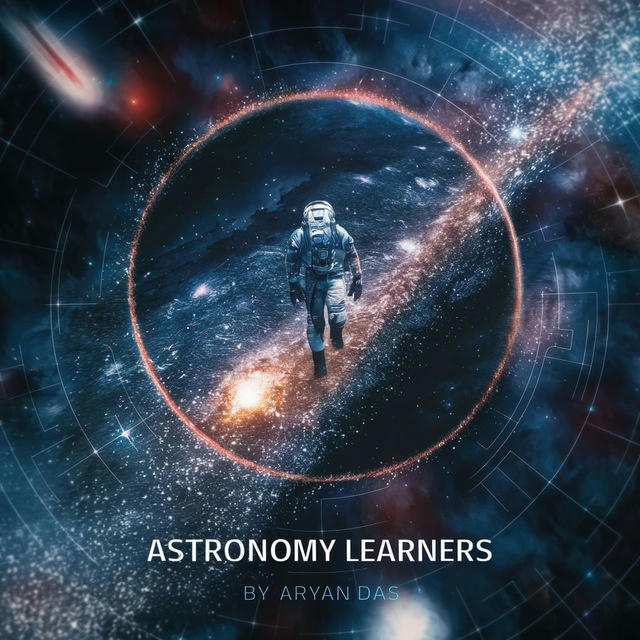
Astronomy Learners(Aryan Das)
I started this channel because I thought that one day I will be successful in creating a network where people discuss stuff which they love in astrophysics. So let's shake hands and create an environment everyone wants to have- Let's enjoy this journey.
إظهار المزيد1 686
المشتركون
+424 ساعات
+127 أيام
+12530 أيام
- المشتركون
- التغطية البريدية
- ER - نسبة المشاركة
جاري تحميل البيانات...
معدل نمو المشترك
جاري تحميل البيانات...
Photo unavailableShow in Telegram
Why don't the artificial satellites, which orbit us, collide with each other?
Currently, over 3,000 active satellites are orbiting the Earth, and an equal number are already out of orbit. In all, there are more than 100 million fragments in Earth orbit. These fragments are space debris ranging in size from 1 mm.
The size of the near-Earth space is quite large. But if you consider this space in numbers, 1 satellite or object is about 13,000 cubic kilometers. That's not much, a little more than half the volume of Lake Baikal. And given a velocity of over 28,000 kilometers per hour, the chances of a collision would be quite high.
For example, in 2009, the Iridium satellite collided with a spent spacecraft. The results of this accident were the destruction of the satellite and 2,300 pieces of large space debris.
00:05
Video unavailableShow in Telegram
On the other side of the sun, an impressive plasma loop reaches out from the sun. This view, showing light with a wavelength of 30.4 nanometers, shows solar material at about 90,000 degrees Fahrenheit.
1.68 KB
Photo unavailableShow in Telegram
Why don't the artificial satellites, which orbit us, collide with each other?
Currently, over 3,000 active satellites are orbiting the Earth, and an equal number are already out of orbit. In all, there are more than 100 million fragments in Earth orbit. These fragments are space debris ranging in size from 1 mm.
The size of the near-Earth space is quite large. But if you consider this space in numbers, 1 satellite or object is about 13,000 cubic kilometers. That's not much, a little more than half the volume of Lake Baikal. And given a velocity of over 28,000 kilometers per hour, the chances of a collision would be quite high.
For example, in 2009, the Iridium satellite collided with a spent spacecraft. The results of this accident were the destruction of the satellite and 2,300 pieces of large space debris.
00:05
Video unavailableShow in Telegram
On the other side of the sun, an impressive plasma loop reaches out from the sun. This view, showing light with a wavelength of 30.4 nanometers, shows solar material at about 90,000 degrees Fahrenheit.
1.68 KB
اختر خطة مختلفة
تسمح خطتك الحالية بتحليلات لما لا يزيد عن 5 قنوات. للحصول على المزيد، يُرجى اختيار خطة مختلفة.
